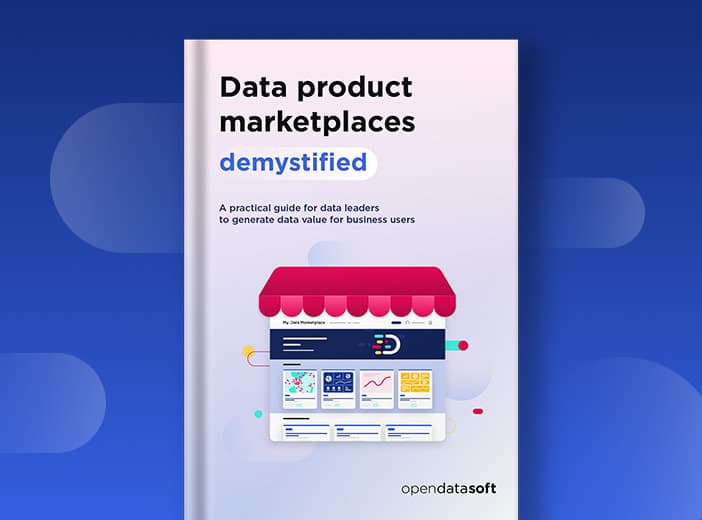What should you look for in a data marketplace to ensure it supports your data governance strategy?
Data governance is an essential pillar of any data strategy. However, every organization defines their governance differently to fit with their structure, maturity level and priorities. Implementing a data marketplace to unlock value from organizational data normally happens once governance tools and processes are in place.

That means the data marketplace has to be able to adapt to different governance strategies. This article explains these governance models and the essential features that a data marketplace must provide to adapt effectively to all of them.
Three typical approaches to governance in a data marketplace
Every organization has its own particular governance structure, but three main models stand out. Outlining each of them provides a framework for understanding governance issues and identifying key features required in your data marketplace solution.
1. Centralized governance supported by the data team
In this model, a central team controls the publication, documentation, and validation of datasets. It ensures data quality, compliance and standardization.
Benefits:
- Controlled governance
- Standardized content
- Reduced errors
- Well-defined responsibilities
This model works best for organizations seeking a high level of control over data quality and dissemination.
2. Distributed governance across business teams
Often associated with the data mesh concept, this approach is based on decentralized or federated governance. Business teams manage their data while respecting a common framework, defined by a cross-functional body.
This can result in:
- Data owners within each business department or team
- Committees or working groups operating without a centralized hierarchy
Benefits:
- Autonomous teams
- Increased responsiveness to organizational needs
- Governance as close as possible to business challenges
- Less reliance on the core team
This model requires a platform capable of balancing local autonomy and global consistency.
3. Expanded governance with power users
This model integrates experienced “power” users (non-data specialists or business users) into the governance process. These contributors are able to enrich the data marketplace, meaning that there need to be clear rules and validation mechanisms in place.
Benefits:
- Broader contribution to data quality
- Faster data publishing
- Sharing of responsibilities
- Dissemination of a data culture
This model is based on a solution that is simple to use, but has robust guardrails to ensure quality and governance.
Key features to support all governance models
An effective data marketplace must be able to adapt to these different models — sometimes combined within the same organization. Here are the essential features to look for:
1. Granular rights and role management
Assigning differentiated rights based on user profiles (data producers, stewards, administrators, etc.) is essential in order to adapt governance processes to organizational structure.
2. Business workflows
Workflow integration helps structure contributions, enrich the data estate, and validate access requests, while maintaining tight control at every step. It ensures smooth and secure collaboration between stakeholders, all in compliance with established governance rules.
3. Customizable catalog
The ability to structure the data offering by domain, region, or department, with tailored visibility rules, ensures a relevant experience for each user.
4. Traceability and auditability
Being able to provide a complete history of actions taken on the marketplace (data creation, modification, publication, or usage) reinforces transparency and facilitates compliance monitoring.
5. Integration with existing sources
Easy connections to internal information systems make it possible to feed the data marketplace, and facilitate data discoverability at scale, without having to use technical tools.
6. Producer empowerment tools
Accessible interfaces, including for non-technical roles, enable everyone to publish and document datasets within defined governance frameworks.
Conclusion: tailor-made governance, driven by flexibility
Governance must not restrict the flow of data. Instead, it needs to ensure quality, build trust and encourage accountability.
As every organization has its own approach to governance, data tools must be able to adapt. To be effective a data marketplace must have the flexibility to align with a range of governance practices, evolving as data maturity grows, and providing seamless, secure access to data at scale.
Transparency, collaboration and agility must be the foundations. Identifying your organization’s specific needs is the first step in choosing the right marketplace solution for your business.
Want to explore how a data marketplace can support your data governance?
Request a personalized demo and discussion with our team.




